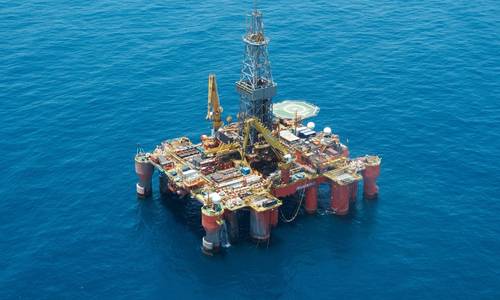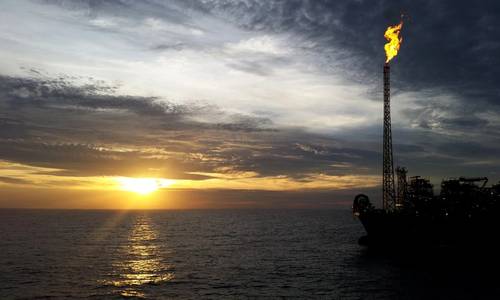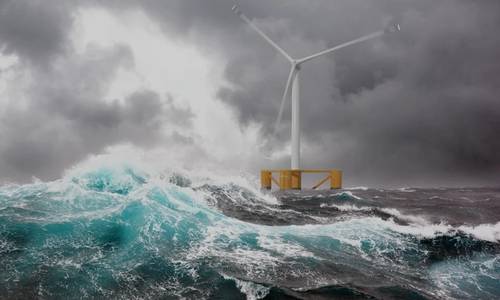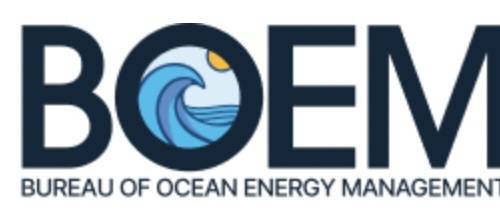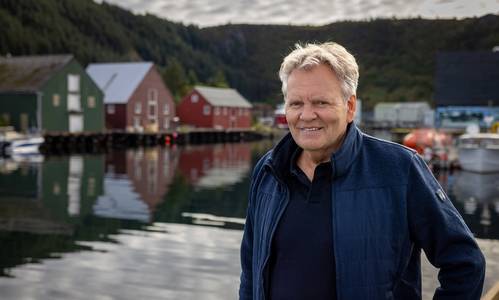Offshore Service Vessels: Regional Bright Spots Emerge
Barry Parker
November 11, 2025
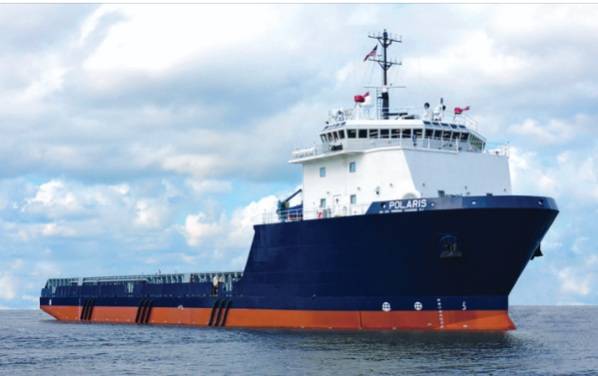
As oil exploration and production goes, so goes the market for Offshore Service Vessels (OSVs) and Platform Supply Vessels (PSVs). Throughout 2025, the prices of oil- which drives exploration and production (E & P), have softened, moving down towards $60/barrel amidst economic uncertainty and a wider than anticipated opening of the taps by major oil producers. In the past year, the Baker Hughes overall count of U.S. rigs working has declined. September 2025’s U.S. Rig count of 537 was down from a year earlier figure close to 600.
The overall numbers for rigs deployed mirror the offshore rig counts. Westwood Global Energy Group, using data from RigLogix, also showed declines in rigs working offshore; the approximately 370 jackups working globally in September 2025 was down from a year earlier count around 390 units. For floaters – drillships and semi-submersibles – the count of just over 130 units was down from year ago figures in the mid 140’s. The Louisiana Department of Natural Resources (DNR) looks at activity in the U.S. Gulf of America; in September, 2025, it pegged the number of rigs working on the Outer Continental Shelf in Federal waters at 11, all offshore Louisiana (except for one off the Texas coast), down from 20 a year earlier.
But regional bright spots have given the OSV sector, tied to rig activity, healthy hues, albeit in selected basins. In the September, 2025 report from Fearnley Offshore, its analysts emphasized the positive, saying “Since our last report, the OSV market has developed quite flattish overall with some segments and regions even experiencing significant softness. While this has undoubtedly put a dent in the recently held overarching positive sentiment in the market, it does also create a window of opportunity for strategic moves.”
At the end 2024 Marine Money event held in New Orleans, Todd Hornbeck, CEO of Hornbeck Offshore Service (HOS) said that that vessels impacted by a softening market in the U.S. Gulf (at that time, seeing concerns based on reduced leasing activity in Biden Administration’s waning days) might divert to strengthening sectors such as Guyana and Brazil. Vessels working in Guyana’s Stabroek Block during 2025 have included Edison Chouest’s linked Platform Supply Vessels (PSVs) WINE ISLAND, CLARENCE TRICHE, RUSSEL BOUZIGA, RUSSELL ADAMS and GARY ROOK, TDW’s BREAUX TIDE, and Seacor Marine’s EMILY DAY McCALL and its hybrid powered SEACOR AMAZON. OSV’s working offshore Brazil, which has been described by the American Bureau of Shipping (ABS) as being a leader in future OSV innovation, have included Edison Chouest boats ROGER WHITE (a 299-ft. PSV ) and ALLIE CHOUEST (a 280-ft. PSV). TDW-linked vessels operating offshore under Brazilian flag, include STARLING TIDE, SCOTSMAN TIDE, and Hornbeck’s HOS CORAL- registered in Mexico.
A quick scan of drilling in the Mississippi Canyon, in the U.S. Gulf, shows numerous OSV’s from local owners working. In early October, the OSV JOSHUA CANDIES was positioning at a Shell Offshore drilling site, while Edison Chouest’s PELICAN ISLAND was ferrying supplies between Fourchon and platforms serving the Thunder Horse field. Harvey Offshore’s tri-fueled PSV HARVEY ENERGY, based at Fourchon, was working at the nearby Mars Field.
Exploration
Offshore exploration – and ultimately production – in U.S. waters may be a “bright spot” going forward. Activity in the U.S. Gulf, which had seen plans for minimal new leasing activity through 2030 during the Biden Administration, is now set to pick up.
In an August 2025 announcement, the U.S. Department of the Interior (DOI) announced a leasing program, tied to the One Big Beautiful Bill Act (passed during the Spring), with bi-annual lease sales to be held out through 2040. According to the Institute for Energy Research (IER), “The plan is a significant departure from President Joe Biden’s lease plan that provided for a historically small number of lease auctions…”.
The oil majors are set to continue activity in the Gulf. For example, late September saw an announcement that BP would be going ahead with its Tiber-Guadalupe project (in fields roughly 300 miles southwest of New Orleans), with an aim to produce 80,000 bbl/day of crude oil by 2030. Occidental Petroleum (NYSE: OXY), in its early October 2025 announcement of the spinoff of its Oxychem division to Warren Buffet’s Berkshire Hathaway, suggested that a portion of the $9.7 billion consideration might be used for “opportunistic exploration of Gulf of America and international areas of operation.”
At Marine Money’s June 2025 signature event, Quintin Kneen, President and CEO of vessel owner Tidewater (NYSE: TDW), on a panel moderated by Greg Lewis, a leading equities analyst, with New York based investment bank BTIG, said: “What drives the majority of our business is production-oriented activity.” He went on to note that: “In today’s market, about 55% of the activity of our vessels is driven by offshore platforms, any type of production unit … the balance is made up of drilling, offshore wind, offshore construction and offshore pipeline support.” He said that “…it’s the production activity that really provides the basis for our activity levels.” Lewis, being closely involved with equities’ performance, talked about TDW’s price being down from recent years’ previous highs from late 2024, and asked Kneen about prospects going forward. In response, Kneen emphasized the importance of the supply side (with little new equipment on order), saying “We are early into it, which is great.”
On the demand side, the TDW CEO pointed to increased activity, including in areas that have not been active in recent years; but he did point out that: “In the U.S. Gulf, activity has been surprisingly slow … but the southern parts of the Caribbean: Guyana, Trinidad and Suriname … have really begun to pick up.” After detailing strong activity in Brazil, “continuing to drill through the cycle…”, he said, “I still think we have another leg up before we get into any difficulties from an oversupply standpoint.”
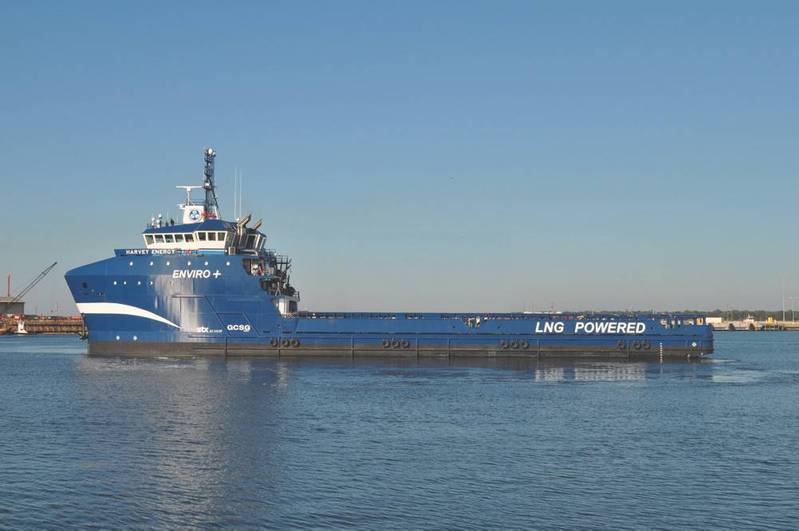 Harvey Energy’s 302-ft. dual fuel class.
Harvey Energy’s 302-ft. dual fuel class.
Image courtesy Harvey Gulf Marine
The investor reports from TDW, offer excellent insights into the overall marketplace for PSVs, a big component of the broader OSV sector. Following over-supply of vessels in 2014-2016, a time that demand from drillers eased, utilization dipped down as low as 55% by 2017. An incipient recovery was blunted by the Pandemic of 2020- 2021 with a further dip. TDW’s data shows that demand did indeed recover, reaching to nearly 80% in mid 2024 before backing down again. Dayrates, (with TDW citing data from Clarksons), which had plunged to below $10,000 (for 3,200 tdw units) in 2020’s slowdown, rallied up to around $25,000 in mid 2024 (rivalling highs from the Spring, 2008 boom) before coming off later that year into 2025. Their larger 4,000 tdw brethren rode similar waves from Pandemic-induced lows of slightly above $10,000/day up to $40,000/day in mid 2024 (also in line with Q2 2008’s heady levels) before pulling back.In the recent research report on TDW, Evercore ISI described general market prospects, analyst Jason Bandel and his colleagues opined that:
“No meaningful newbuild cycle is expected given vessel economics that still do not support reinvestment, and the global OSV fleet continues to age, with a large portion of supply nearing retirement and limited capital available to fund replacement. This supply constraint is gradually intersecting with a rising tide of global demand, particularly from FPSO installations, subsea construction activity, and longer-cycle drilling projects.” Analysts at Westwood, summarizing views from a seminar on oil markets held in September, 2025, reported that: “2025 has been a turbulent year for global oil markets. Consumption has underperformed, prompting repeated downward revisions in demand forecasts. Meanwhile, the rollback of voluntary OPEC+ production cuts has added nearly 3 million barrels of oil equivalent per day to global <oil> supply.”
They cautioned that “Combined with seasonally soft demand and rising output from the Americas, this influx risks tipping the market into oversupply over the next 12 months.” In the same report, sentiments similar to those of Evercore were expressed, with Westwood commenting that: “Aging offshore fleets present a critical challenge. Lower dayrates are making it difficult to replace rigs and vessels, potentially impacting project efficiency and emissions management.” They added that: “Despite aging fleets, current market dynamics do not support a newbuild cycle. Instead, operators and service providers must extend asset life and improve operational efficiency.”
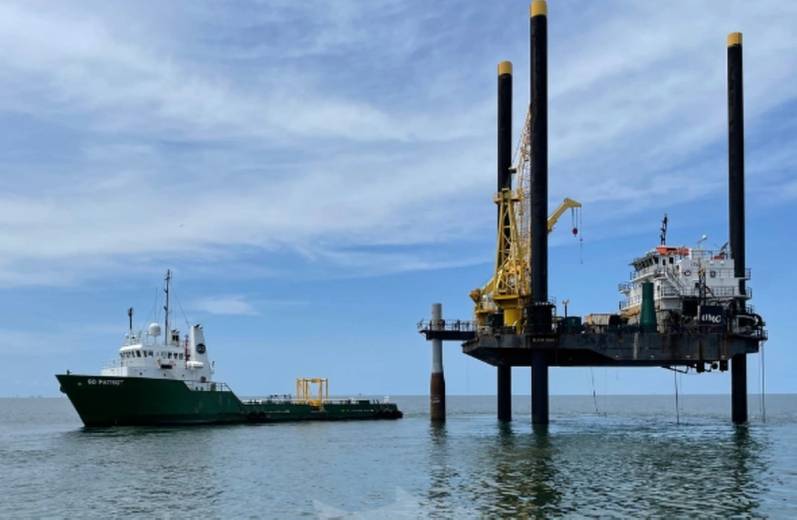 Image courtesty Guice Offshore
Image courtesty Guice Offshore
Energy & Politics
Even if the oil markets remain relatively flat, oil-related exploration in the U.S. with a focus on activity in the U.S. Gulf of America, may see an upswing. Indeed, with Trump Administration trade policies described by some political strategists as “mercantilist”, incremental buyers of oil might choose U.S. sourcing over other producers. If these economic and geopolitical pieces align, OSV activity could follow E&P activity, and gravitate towards U.S. waters.
However, Trump 2.0 actions have already led to reduced demand in another segment: offshore wind. In Europe and Asia, many re-purposed OSVs from oil and gas work have also been used to support the development of offshore wind projects, a sector which has seen considerable worldwide growth. The U.S., however, has now seen a pause with the new Administration and forecast wind energy activity in U.S. offshore waters have been dramatically reduced. The Global Wind Energy Council (GWEC), in a 2025 report estimated overall installed offshore wind capacity at 83 gW, with another 48 gW under construction. The report pointed to revised forecasts of 6gW available U.S. offshore capacity (down from a 15 gW forecast in the previous year and a shadow of the “30 gW by 2030” mantra from the Biden years). GWEC commented: “Even if the next administration supports offshore wind, it will likely take several years to get GW-level offshore wind projects online.”
OSV owners are participating in existing projects, and projects still under construction.
Equinor’s 810MW Empire Wind 1 project, under development in the New York Bight, south of Long Island. These have included Guice Offshore’s supply vessel GO PATRIOT (DP-1) built at Master Boat Builders, which had previously been working for drillers in the U.S. Gulf, and TDW’s 280 Class PSV POLARIS (DP-2, built at Thomas Sea). Vessels working at Ørsted’s Revolution Wind project, shut down briefly in late Summer, included Harvey Marine’s tri-fueled (diesel/LNG/battery) HARVEY SUBSEA, a multipurpose support vessel. The 800 mW Vineyard Wind project (developed by Iberdola, in waters south of Martha’s Vineyard), aiming for end 2026 completion, has been served by boats including GO LIBERTY and GO SEEKER (same owners as GO PATRIOT), along with C FIGHTER and C PIONEER, both linked to Edison Chouest. Another OSV owner, Otto Candies, has deployed specialized Service Operation Vessels (SOVs), involving retrofits from conventional PSVs, to serve windfarms in the Northeast. Its CADE CANDIES, servicing oil platform in the U.S. Gulf prior to a retrofit, has been working as a SOV in the Northeast.
Looking Ahead
Longer term, looking out over decades, fossil fuels will still be extracted in quantity, which will in turn drive demand for OSVs. Noted energy analyst Javier Blas, from Bloomberg, wrote in September, 2025- prior to the release of an International Energy Association (IEA) report, “For the last few years, climate and energy policymakers have convinced themselves the world was inexorably moving away from fossil fuels. Breaking news: It is not.” Shipbroker Clarksons, in summarizing a Spring, 2025 seminar on Oil Services, had a similar view, telling attendees, “The sentiment was clear: despite the energy transition, oil and gas consumption is still expected to keep growing for many years with peak demand being unrealistic in the near to medium term.”
Bloomberg’s Blas, in his write-up, added that: “The consensus was that consumption of oil, natural gas and coal would peak before the end of this decade. There was debate about the speed of the subsequent decline, but the conclusion was the same: The end of the fossil-fuel era was within reach. But that tenet, key to achieving the ambition of net zero by 2050, wasn’t as cast in stone as its backers thought.”
Offshore service vessels will be busy for decades to come.

